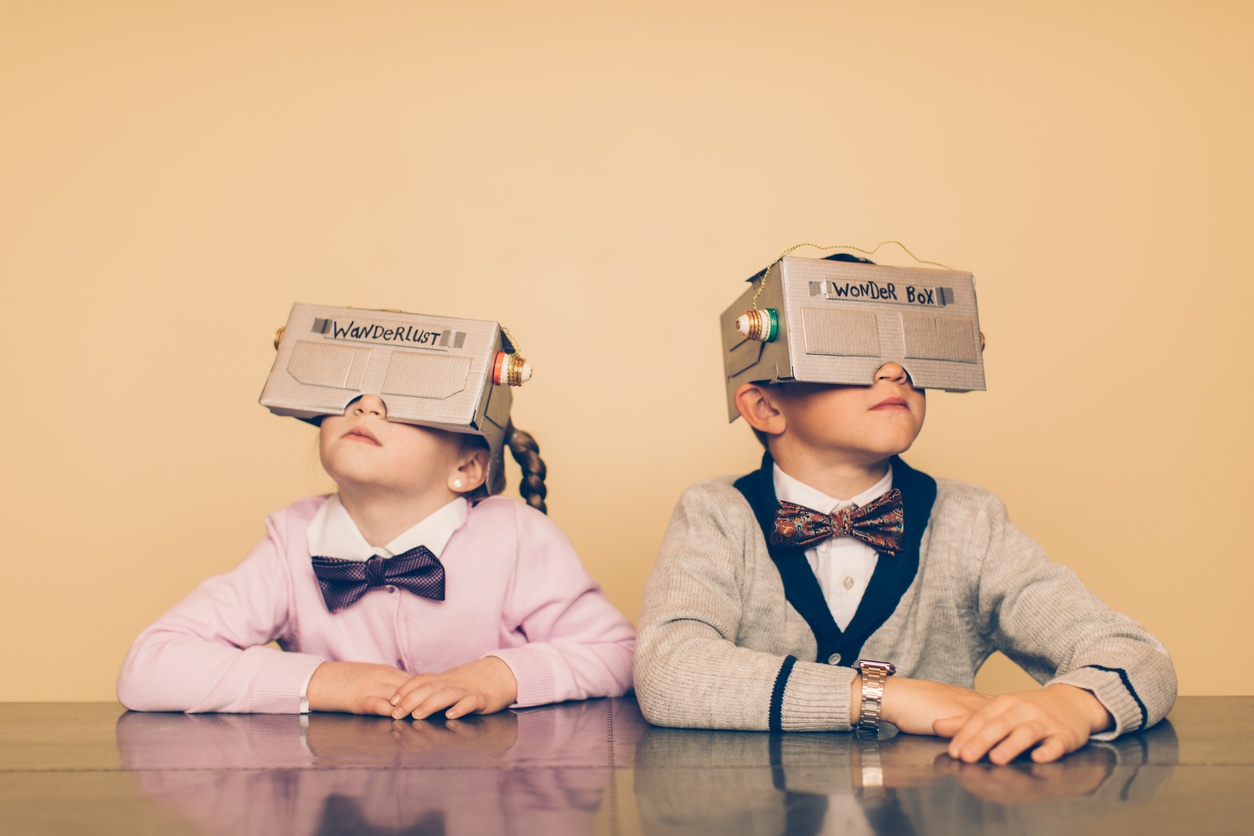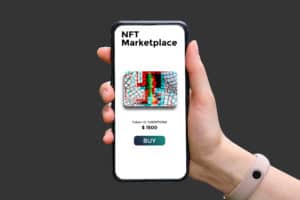The music industry has not fared well in the age of the world-wide-web.
Until recently, illegal music sharing appears to have had a hugely negative impact on sales of music releases. By 2010, the outlook was pretty grim for the entire industry.
As a result, the music industry has been forced to adapt. Thanks to online streaming services, 2016 saw the first significant uptick in industry revenue in a long time. And while this small-but-important bump is encouraging, it’s more indicative of a larger trend of innovation and leveraging of media technology within the industry. The most successful publishers in the coming decades will be those who stay on the cutting edge of trends in entertainment technology.
Understanding the Next Generation
As millennials eclipse former generations and become the most important portion of the consumer market, music publishers will need to cater to their needs.
A study of the preferences of millennials suggests that as many as 78% of millennials would prefer to spend their money on experiences rather than physical objects. This should be good news for the music, as live performances alone represent billions of dollars of revenue in the U.S. alone.
While streaming services and the increasing disposable income of this generation are returning a chunk of the revenue lost to piracy to the music industry, the reality is that an important portion of millennials will continue to pirate music into the foreseeable future.
Therefore, the best way to grow in this industry may be by offering experiences.
Artists and publishers have offered experiences since before physical recording technology was available. In that context, shows and live performances are the historic lifeblood of the industry.
Growing the market for experiences is the new challenge. Only so many fans are willing and able to travel to physical live experiences. The experiences must instead be brought to the fans.
Augmented reality (AR) represents one of the biggest potential avenues for delivering music experiences to peoples’ homes.

Augmented Reality: The Current State of the Art, Possibilities, & Limitations
Augmented reality and virtual reality (VR) have been a mainstay of science fiction for years. It’s an idea and a type of technology that’s not new, but up until the explosive popularity of Pokémon Go, AR and VR platforms evaded popularity for years.
What exactly changed when Go grew to be a smash hit?
While there’s no clear answer, it probably had to do with good timing and improving technology. When the game was released, its platform (mobile devices) had become powerful enough to provide a convincing AR experience. The game leveraged an already-popular brand and made a major part of the Pokémon experience, namely having adventures for the sake of capturing Pokémon, a reality for its fans.
This blending of two worlds—the real world and the world of Pokémon—is an early example of mixed reality (MR), a popular term in the emerging AR space.
With the gaming industry arguably reaching a plateau with marginally-improving graphics and gameplay experiences, Go offered something different and uniquely interactive. It seems to have been the type of experience millennials were itching for.
Perhaps most importantly, Go sidestepped a huge barrier for AR technology: the fact that very few consumers own AR headsets. They did so by building an application that transforms players’ mobile devices into personal MR platforms.
This limitation to immersive AR experiences still exists; though there is now a great selection of AR and VR devices available to consumers, estimates suggest that the number of VR and AR headset owners is still in the low millions. Though this is still a small fraction of the global music consumer market, it appears to be the beginning of an important trend: more people are buying these platforms than ever before, and the movement is gaining momentum.
Remote Live Music Experiences with Augmented Reality
Imagine an immersive concert-going experience in the comfort of your own home. That’s exactly the idea behind VRTIFY, a startup that’s leading the charge into the exciting realm of music AR, VR, and MR.
The company has created a platform that allows users to transform any music content into an immersive experience.
This means that viewers can use their VR headsets and get a 360-degree experience of being at a live concert. Fans can be transported from their living rooms to the middle of a music video. Their product is still in beta, but it promises to enable artists to go beyond passive experiences and into the MR space by creating interactive experiences for fans.
Importantly, VRTFY has built intellectual property considerations into their platform by including a strict encryption protocol for their content distribution platform. This will prevent publishers from losing potential revenue from pirated content.
Their platform is thoughtfully built to reach the highest number of consumers today and stay relevant in the future.
Artists can create immersive experiences, but the majority of consumers do not yet have the immersive hardware, such as VR headsets, to fully experience immersion. That’s why the content created and distributed on the VRTFY platform is available for mobile devices as well—to reach the highest number of fans as possible, as soon as possible.
The fully immersive experiences are important for the future. As interest in AR hardware grows and prices drop, more consumers will be able to take full advantage of the 360-degree content delivered by VRTFY.
Personalized, Remote Interactions Between Fans and Artists
The exciting potential of immersive music content enabled by augmented reality is the fact that it will bring fans and artists together, remotely.
By inviting fans into their world, AR has the potential to enable artists to share more ideas with their fans than ever before. Fans in a live immersive experience will be able to interact with their favorite artists in ways we are only just beginning to imagine.
Already, artists and producers have the opportunity to build up a repertoire of immersive experiences. While there’s no reason to shy away from new revenue streams, the big payoff will come in the following years and decades as the demand for AR content continues to grow.






